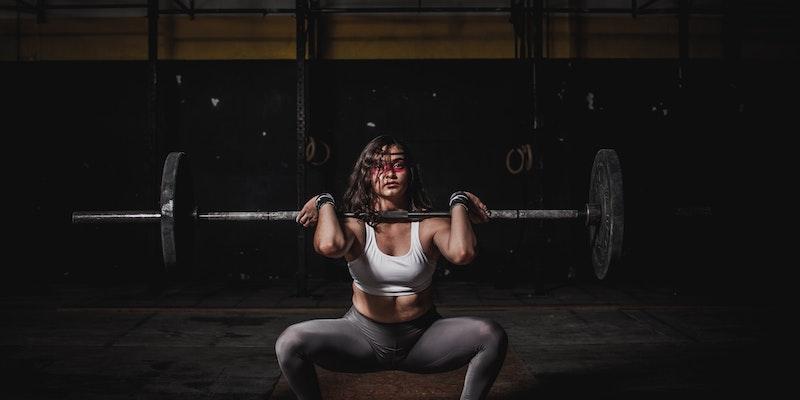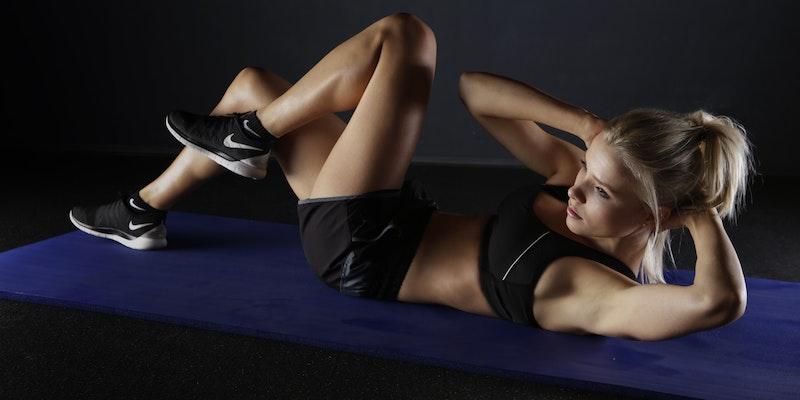Functional strength training is a prominent exercise regimen designed to bolster strength in patterns frequently employed in daily activities. This approach has gained traction due to its ability to prepare individuals for sporting events and everyday challenges.
Defining Functional Strength Training
Functional strength training is a prominent fitness approach that tailors exercise to our daily movements. Have you ever thought about the natural motions we make every day? Picking up groceries, climbing stairs, or even playing with our kids? The exercises in functional strength training mimic these actions.
Free weights become a staple in this regimen, complemented by movements inspired by gymnastics and aerobic activities. When we talk about "functional," we're zeroing in on exercises that resonate with our daily activities. On the other hand, "strength" accentuates the regimen's goal of amplifying our force output. In comparing functional strength training vs traditional methods, the former emerges as the more practical choice for those wanting their workouts to mirror life's physical demands.
Who Can Benefit from Functional Strength Training?
Everyone. Functional strength training isn't reserved for a select few. Everyone stands to gain from these exercises, from youngsters in their prime to seniors. Similarly, it doesn't matter if you're just lacing up your workout shoes for the first time or if the gym has been your second home for years.
This training modality works on prepping individuals for life's physical challenges. Imagine making routine tasks feel less strenuous, whether carrying laundry upstairs or chasing after a bus. That's the promise of functional strength training exercises. They're designed to improve overall fitness and make daily activities smoother and less draining.
Functional Strength Training in Today's Fitness Landscape
Times have changed, and so have fitness priorities. Gone are the days when mirror muscles and gym selfies were the ultimate goals. Functional strength training has risen from the shadows, highlighting the essence of real-world fitness. Instead of workouts that merely sculpt the body more and more individuals prefer routines that add value to their daily lives instead of workouts that merely sculpt the body. This transition has also spotlighted an urgent need. With health issues becoming more prevalent, the demand for functional fitness coaches is rising.
These experts guide enthusiasts through practical strength training exercises, ensuring the most effective and safest routes to fitness. When we weigh available strength training vs traditional gym routines, it's evident that the former offers tangible, real-world benefits. It's not just about looking fit; it's about being suitable for life.
Getting Started with Functional Strength Training
Functional strength training has taken center stage in modern fitness methodologies, emphasizing practical and daily movement patterns. While functional strength training vs traditional workouts might focus on isolated muscle groups, functional strength training revolves around movements that individuals encounter daily. From lifting shopping bags to bending and picking up objects, it aims to make these tasks more accessible and less strenuous.
For Beginners
When someone first embarks on their functional strength training journey, the initial focus should be on recognizing and mastering the basic movements that form the program's foundation. Beginners possess the advantage of adaptability.
This means their bodies can quickly adjust to the new training regime, allowing them to train various muscle groups several times weekly. Why is this important? Because by doing functional strength training exercises frequently, beginners can lay a solid foundation for more advanced movements later on.
The early days of any fitness regime can be both exciting and overwhelming. Being under the guidance of a professional, especially in a functional fitness gym, can provide the right direction. It ensures that movements are executed correctly, minimizing the risk of injuries and maximizing benefits. Engaging in practical strength training vs traditional methods, beginners will soon notice improvements in their daily tasks, making their daily grind smoother.
For Intermediates

You transition into the intermediate stage once you've spent significant time in functional strength training. With foundational knowledge, intermediates can dive deeper into specific movement patterns. While beginners might work on a broad spectrum of exercises, intermediates can zone in on two specific movement patterns in a single session. For example, a typical training day might be dedicated to exercises focusing on pulling movements followed by squatting exercises.
Being an intermediate means you've experienced the benefits of functional strength training exercises firsthand. You've seen improvements in your strength, flexibility, and stamina. But it's also a stage where recovery plays a significant role. The workouts are more intense, and the body requires more time to heal and adapt. Therefore, spacing out training sessions becomes crucial. It's a balancing act, ensuring you challenge yourself and give your body the time to recuperate.
For Advanced Trainees
Having dedicated years to functional strength training, advanced trainees have a deep-seated knowledge of exercises, techniques, and what works best for their bodies. But with excellent knowledge comes new challenges. At this advanced stage, it's all about specialization. Each training session zeroes in on a singular movement pattern. Let's take "bending" as an example. An entire session might be dedicated to exercises that mimic the bending motion, enhancing strength and flexibility in that particular motion.
However, there's a catch. Progress tends to slow down for advanced individuals. This isn't a setback but rather a natural progression. The body has already undergone significant adaptation, and further changes are incremental. This is where the importance of expert guidance comes into play. Collaborating with high-end fitness coaches can provide the stimulus and variation needed to push past plateaus.
Sample Workouts Across Levels
Beginner Workout
- Warmup: 5 Minutes on a Bike or Treadmill
- Squat/Lunge: Cable Split Squat
- Pull: Seated Cable Row
- Push: Dumbbell Bench Press
- Bend: Single Leg Landmine Romanian Deadlift
- Core: Front Leaning Rest (Plank)
Intermediate Workout
- Warmup: 5 Minutes on Bike or Treadmill
- Bend: Deadlift
- Push: Barbell Bench Press
- Bend: Single Leg Hip Extension
- Push: Neutral Grip Single Arm Kettlebell Press
Advanced Workout
- Warmup: 5 Minutes on Bike or Treadmill
- Bend: Seated Box Jump, Clean Pull, Deadlift





